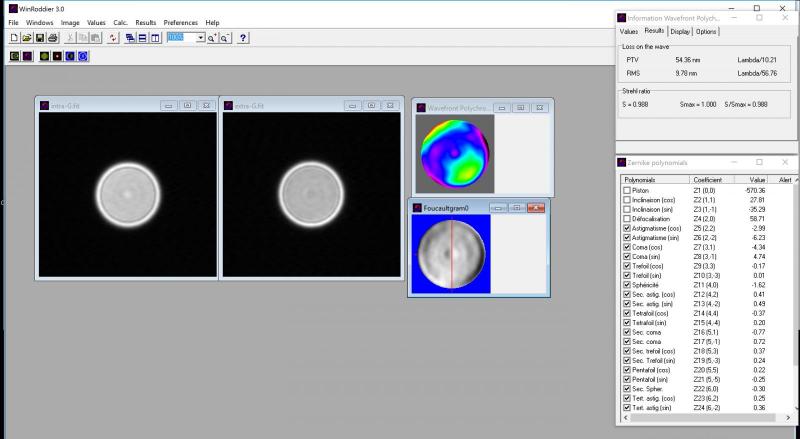mistermuel
Member

I recently tried my uncle's 20+ year old Leica APO Televid 77 and not having experienced a quality scope before, I was amazed at the quality. I immediately set out to buy a Leica, but upon researching discovered that Kowa seems to be the way to go. Then I found out about the new TSN-99a which seems to be the biggest and best scope available.
I live in an area where I can't test either scope. I've seen others have the same problem with testing various scopes.
Does anybody have a general opinion of the Kowa TSN-99a vs the Leica APO Televid 82?
The Kowa 99 is about twice as heavy and larger. Does anybody who owns one find the size to be a drawback or do you even notice?
Open to general comments about the pros and cons of either scope. This is one of those things you buy and have for 25 years, so I am thinking carefully about it.
I live in an area where I can't test either scope. I've seen others have the same problem with testing various scopes.
Does anybody have a general opinion of the Kowa TSN-99a vs the Leica APO Televid 82?
The Kowa 99 is about twice as heavy and larger. Does anybody who owns one find the size to be a drawback or do you even notice?
Open to general comments about the pros and cons of either scope. This is one of those things you buy and have for 25 years, so I am thinking carefully about it.





